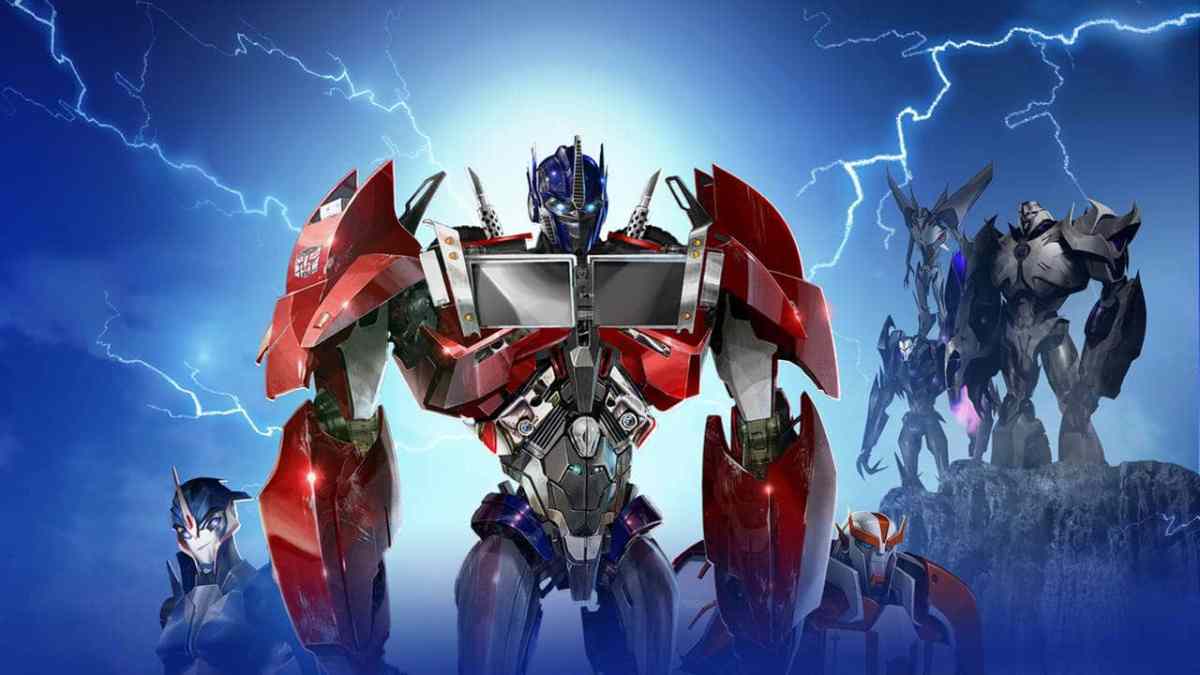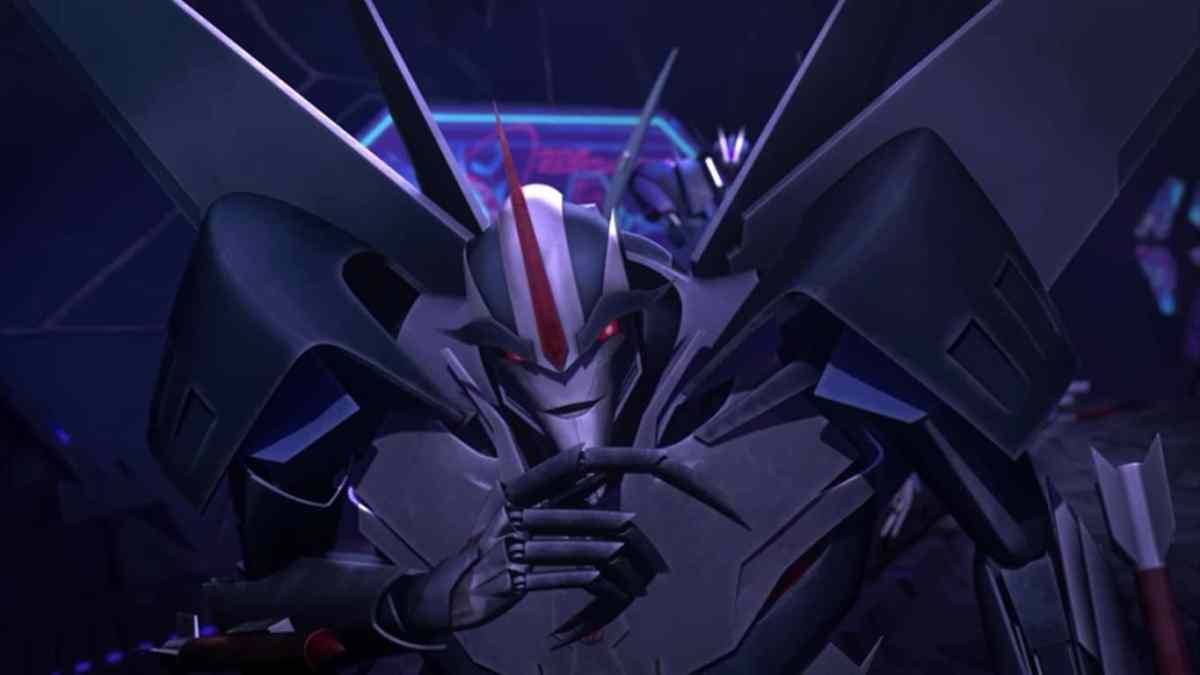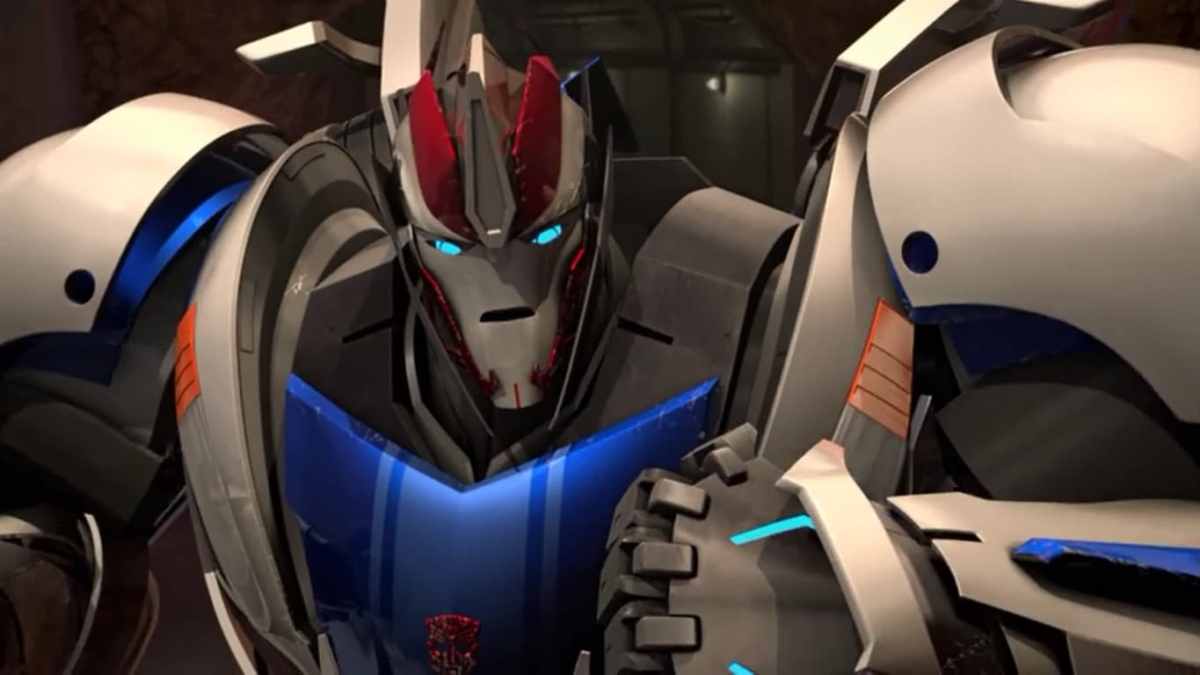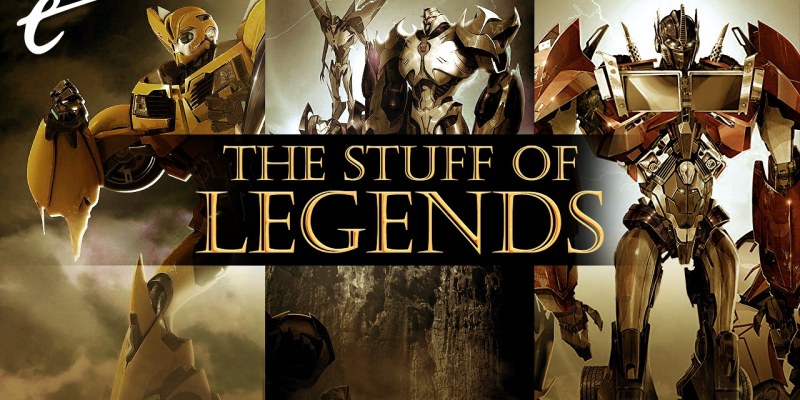Transformers is an… interesting universe to explore. It’s easily one of the densest, with multiple extensive timelines, some of which even cross over. Amid all the tangled tales, when the Michael Bay Transformer movies were at their height, Hasbro set out to align its upcoming projects under a single umbrella — what has come to be aptly known as the Aligned Continuity. Aligned’s story stretches as far back as the War for Cybertron games, yet it comes to a beautiful head with today’s featured series: Transformers: Prime.
After countless losses over the span of the war, a handful of Autobots are all that’s left as Megatron descends upon Earth. At first the fighting involves striking from the shadows, but the conflict builds over the animated show’s three seasons. The fight draws in three gifted human youngsters who join forces with Optimus Prime’s most loyal Autobots.
What could’ve been a fine but pedestrian Transformers show ends up being one of the nerdiest, most detailed, heavily nuanced depictions in the entire franchise. You know how I go on about how Disney’s Star Wars could go deeper? This is Transformers doing that. Unicron? He’s in this. The Omega Lock? Yep! The Star Saber? Hell yes. Predacons? You betcha!
And if you have no idea what any of those things are, Transformers: Prime is the perfect way to learn about them. Everything’s modernized, like in the Bayformer films, but it’s nowhere near as gratuitous or dismissive of the weirder bits. This is a show that loves its source material and knows how to get you invested.

This melding of new and old guides Transformers: Prime in both storytelling and world-building. Like in classic animation of old, the series kicks off with a five-part miniseries that works as a gradual introduction. They don’t kick things off with Transformers at its most Arthurian, but with a humble set of stakes for both the Autobots and Decepticons. Meanwhile, the trio of human characters, though not especially nuanced, offer an excellent audience surrogate.
In essence, Transformers: Prime chooses the opposite of everything the Michael Bay films are. The humans are the foils to the more complex portrayals of the Autobots and Decepticons, to the point that the humans are a single subplot among many by the series’s end. The art style is simple and clean, yet it makes every visceral bit of Cybertronian gore all the more unnerving.
This is where the modern sensibilities seep in. The cast are no longer cardboard cutouts simply selling toys, but nuanced warriors who’ve been fighting for centuries. They carry both visible and hidden scars, each jarring you out of the mindset of Transformers: Prime just being “a kids’ show.”
When you see Arcee’s faceplate scratch open when interrogated by Airachnid, you realize these characters can actually break. Witnessing Optimus lose his memory, reverting to the humble librarian Orion Pax, shows how anyone can aspire to heroism — or be led astray. M.E.C.H.’s monstrous hybridization of man and Cybertronian of their leader Silas shows that villainy isn’t exclusive to the Decepticons. Smokescreen, initially a frankly annoying addition to the Autobot team, gains significant pathos when faced with the opportunity to become the next Prime.

It’s astonishing how these are but a handful of examples of the striking moments Transformers: Prime offers. No stone is left unturned for the cast. Plus, while never outright confirmed, Bulkhead and Wheeljack’s implied relationship gave queer fans a ship to root for. This was bolstered by the Decepticon Knockout, who presented a rare male equivalent to the femme fatale diva stereotype. Maybe it’s because they’re robots, or because Transformers has become a rather LGBTQ+-friendly franchise of late. Either way, for a 2010 TV show, Prime manages to slip in some interesting and not-too-subtle nods that amused and intrigued fans.
Yet perhaps those who benefit most from Prime’s respect for its source material are the Decepticons. Megatron may never achieve the breadth of his arc in the IDW comics, but across the three seasons and epilogue movie, we see him brought low by his own villainy. The worker bot once known as D-16 strived to become the oppressor of his oppressors, only for his dark designs to always cost him.
Meanwhile, Starscream’s lust for power is made just as tragic. He once commanded respect and now is left desperately trying to recapture his glory days from before throwing in with Megatron. His betrayal of Megatron isn’t simply a desire to radically promote himself, but pent-up fury and loathing directed at both his leader and his own miserable self.
There are several points in the series where Starscream almost manages a great plan or a point of growth beyond his pettiness, yet he always relapses. His arc is a tragicomedy in a tailspin. Yet, his dependency on a leader always holds him back. It wouldn’t be until Prime’s sequel series Robots in Disguise that Starscream would finally embrace his own agency, even if he is ultimately bested by Bumblebee.

So many times, when I talk about a project crafted with as much passion as Transformers: Prime, there’s some caveat. The studio didn’t give the creators enough time, or the audience wasn’t there, or the budget was too tight. Yet, by all appearances, Hasbro took Prime as seriously as it did its feature films — maybe even more so. Not only did it get Peter Cullen and Frank Welker back as Optimus and Megatron, but it filled out the entire cast with star-studded talent.
Seriously, look at this lineup: Michael Ironside, Tony Todd, Ernie Hudson, Gina Torres, Jeffrey Combs, Kevin Michael Richardson, Sumalee Montano, Nolan North, Josh Keaton, Daran Norris, Peter Mensah, and Will Friedle! Most animated TV shows could swing maybe a handful of actors of this caliber, but Prime just flexes them all and everyone brings their A-game. This is up there with Orson Welles playing Unicron in 1986’s Transformers: The Movie.
Ultimately, all Transformers: Prime needed to be was a glorified advertisement to get kids to buy action figures. Yet, it manages to be so much more than that, leaving a resounding impact on the franchise. Though the Aligned storyline is effectively wrapped up at this point, its influence lingers warmly. The show is beloved by fans, and I can understand why. Hell, for me, Prime was what got me to sit up and take the Transformers universe seriously. Paired with the efforts of IDW’s onslaught of comics, the franchise has achieved what far bigger IPs still fumble with: staying relevant without losing touch with why anyone cared in the first place.
Or, I suppose, you could say they’ve still got “The Touch.”
